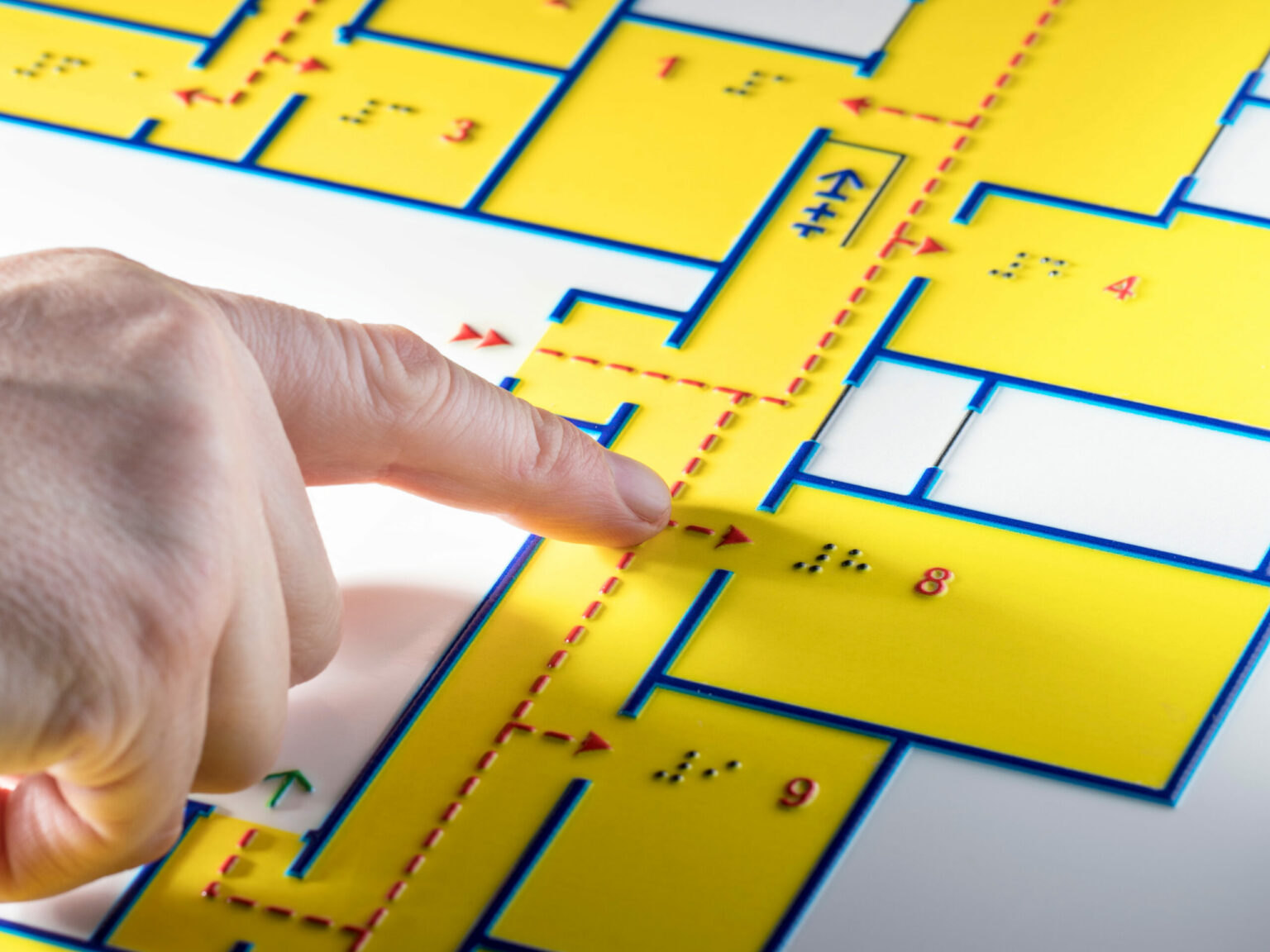Fire safety liability one of architects’ biggest challenges
- March 10, 2023
- 6:50 am


Iain Hoey
Share this content
A survey of over 200 construction professionals has found that over half (51%) of architects say that liability when it comes to fire safety is one of the biggest challenges their company faces.
Meanwhile, 43% said that they are constantly worried about liability when it comes to the specification of systems for fire safety – even if they do not personally specify the products – according to the new research from Siniat.
The survey also found that two thirds (66%) of architects worry about liability for fire safety either all – or, at least some – of the time, while only a quarter (26%) say that it isn’t a regular concern to them.
Robert Cridford, technical manager at drywall manufacturer Siniat, said: “Since the tragedy of Grenfell, the pressure to do what’s right and ensure our buildings are safe has only increased – and rightly so. Most recently, this has meant that the fire safety guidance in Approved Document B (ADB), specifically the removal of the national classification system for construction products (BS 476 series), is once again under consultation.
“Architects are often the first to feel the pressure of changing legislation and while this update could require some changes of practice, in the long-term it will provide clarity when it comes to some of the grey areas that currently feature in the guidance. However, regardless of the outcome, the best thing for architects to do if they are feeling uncertain is engage early with the manufacturer and check whether EXAP classification is required.”
He added: “It is not only government officials who have admitted that the ‘faulty and ambiguous’ guidelines played a role in the tragedy of Grenfell Tower, many in the industry have said the same. Confusing and contradictory footnotes in ADB have allowed for numerous projects to proceed without adequate fire safety, but this issue isn’t a historical one. In fact, many still feel that, as it stands today, ADB remains unclear.
“This is not surprising. Exemptions, references, and changing rules for system detailing continue to cause confusion and some still see these as loopholes that allow them to proceed with previous ways of working. However, at Siniat, we don’t think the guidance is negotiable. There is no longer any room for reliance on grey areas.
“Everyone in the industry should be following guidance to the letter in order to ensure our buildings are safe. This means that while manufacturers have a responsibility to follow EXAP and provide official third-party classification reports, architects need to request them. Failing that, the manufacturer should be able to provide technical support on any project that is concerning an architect, so the most important thing to do is to ask.”



